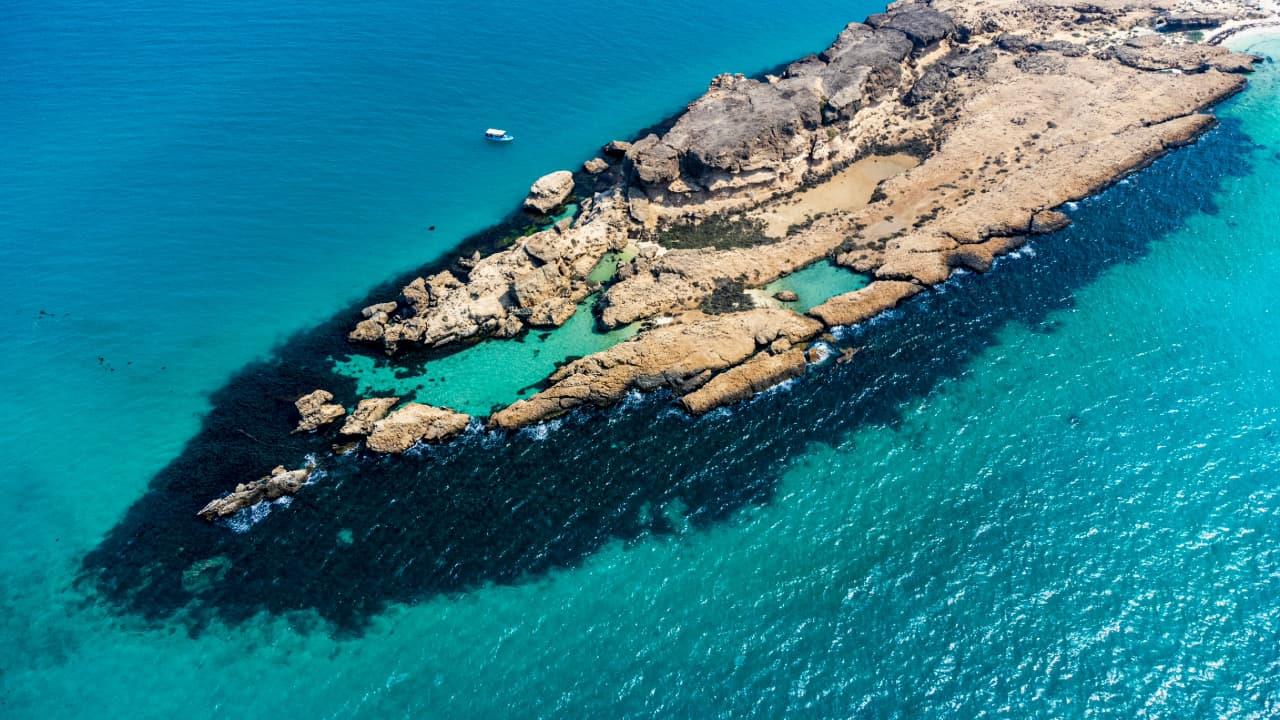
Uncovering The Red Sea's Hidden Past: From Dry Salt Basin To Thriving Ocean
Scientists from King Abdullah University of Science and Technology (KAUST) have uncovered an incredible story about the past of the Red Sea. They discovered that around 6.2 million years ago, the Red Sea completely dried up, turning into a vast salty desert. However, it was later refilled by a massive flood from the Indian Ocean which dramatically changed the region forever.
Researchers used advanced methods such as underwater imaging, analyzing microscopic fossils, and examining rock layers. These techniques helped them confirm that the dramatic transformation happened relatively quickly. In geological terms, within about 100,000 years, which is a short time when considering the long timescales of Earth's history. The research was published in Communications Nature.
Initially, the Red Sea was connected to the Mediterranean Sea, but this connection was severed. It caused it to dry up and become a salt-covered land. Later, a powerful flood broke through a volcanic barrier in the southern part of the Red Sea, opening the Bab el-Mandab strait and reconnecting the Red Sea to the global ocean system.
How Did the Indian Ocean Flood the Red Sea?
Interestingly, this flood happened about a million years before the famous Zanclean flood that filled the Mediterranean Sea, making the Red Sea's story of rebirth unique. Geologically, the Red Sea formed about 30 million years ago when the Arabian Plate separated from the African Plate.
It started as a narrow valley filled with lakes. Around 23 million years ago, it became a larger gulf as seawater from the Mediterranean flooded in. Marine life thrived, and fossils of coral reefs from that time can still be found along the northern coast near places like Duba and Umlujj.
From Salt Desert to Ocean
Over time, the Red Sea became saltier due to evaporation and limited water circulation. This led to the death of many marine creatures between 15 and 6 million years ago. The basin filled with thick layers of salt and gypsum. The flood from the Indian Ocean then restored the sea and brought marine life back, including the coral reefs we see today.
In many ways, the Red Sea functions like a natural laboratory for scientists studying ocean formation, salt deposit buildup, and how Earth's climate and plate movements affect seas over millions of years.
Professor Abdulkader Al Afifi from KAUST said,“This paper adds to our knowledge about the processes that form and expand oceans on Earth. It also maintains KAUST's leading position in Red Sea research.”
This remarkable discovery shows how the Red Sea's history is closely linked to changes in the world's oceans and how the region has endured extreme environmental conditions to become a thriving marine environment again.
Legal Disclaimer:
MENAFN provides the
information “as is” without warranty of any kind. We do not accept
any responsibility or liability for the accuracy, content, images,
videos, licenses, completeness, legality, or reliability of the information
contained in this article. If you have any complaints or copyright
issues related to this article, kindly contact the provider above.
Most popular stories
Market Research

- Tappalpha's Flagship ETF, TSPY, Surpasses $100 Million In AUM
- Nigel Farage To Headline At UK's Flagship Web3 Conference Zebu Live 2025
- PU Prime Launches Halloween Giveaway: Iphones, Watches & Cash Await
- Cregis And Sumsub Host Web3 Compliance And Trust Summit In Singapore
- Luminadata Unveils GAAP & SOX-Trained AI Agents Achieving 99.8% Reconciliation Accuracy
- BTCC Exchange Announces Triple Global Workforce Expansion At TOKEN2049 Singapore To Power Web3 Evolution



















Comments
No comment